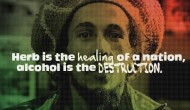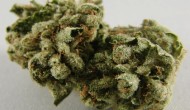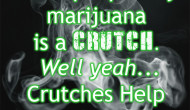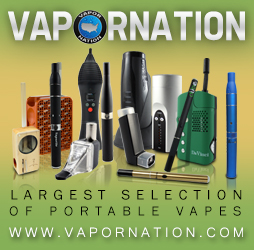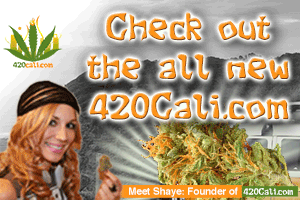Oxycodone Abused in Non-medical Purposes
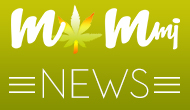
Tallahassee, FL (DOPESTATS) November 18, 2009 — Once upon a time, medications were used to ease some sort of physical pain, and household items were used to beautify a home. In the last few decades, such items have remained the same, but not necessarily used the way they were intended to. Adults, teenagers, and even children as young as seven years old, are finding different ways of using and abusing controlled substances such as Oxycodone, and ordinary items such as spray paint. The new high is no longer marijuana, which was at the forefront of President Richard Nixon’s War on Drugs in the 1960s, but rather prescription drugs and every day household cleaning items. America really started dealing with this problem in the early 2000, but noticed its growing trend long before that.
Oxycodone is the best known active ingredient found in almost every oral medication. Prescribed for mild to severe pain relief, it is very similar to morphine and it is habit forming. First synthesized in Germany’s University of Frankfurt in 1916, it was not introduced into the U.S. market until 1939. Listed as a Schedule II drug under the Controlled Substances Act, Oxycodone is said to have one of the highest potential for abuse that may lead to severe psychological or physical dependence. According to the International Narcotics Control Board, the U.S. had the highest per capita consumption of Oxycodone in 2007. The National Survey on Drug Use and Health found that in 2008, 15.2 million Americans age 12 and older took a prescription pain reliever, tranquilizer, stimulant, or sedative for non-medical purposes at least once in that year. Oxycodone statistics differ throughout the United States, as do Oxycodone prices.
In an effort to combat this trend, the DEA has increased regulation over the accessibility of Oxycodone, and its generic OxyContin which was first marketed in 1996 and became a 1.2 billion dollar industry in 2003. By U.S. law, an individual who tries to obtain Oxycodone prescriptions for personal use or trafficking will be found guilty of an indictable offense and liable to be imprisoned. The FDA has reported that between 2000 and 2001, OxyContin has played a role in 464 deaths across the United States.
Prescription abusers take Oxycodone either in its original pill form, or they crush it into a powder to be snorted or melted into water and taken intravenously. Oxycodone has a severe effect on a complex system that regulates our breathing. Oxycodone overdose symptoms include slow breathing, seizures, dizziness, confusion, anorexia, muscle weakness, loss of consciousness, coma, cold and clammy skin, dry mouth, itching, skin rashes, heavy sweating, slurred speech, headaches, sleepiness, nausea and diarrhea, intense body pain, insomnia, anxiety, paranoia, and depression.
Under proper medical supervision, the use of Oxycodone and its generics is usually safe with few side effects. When taken for a short period of time it is a very effective pain killer.
A computer science student trying to raise drug use awareness..
http://www.twitter.com/dopestats


